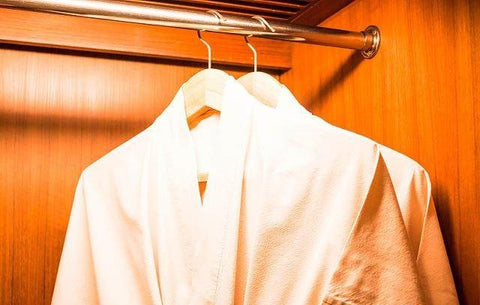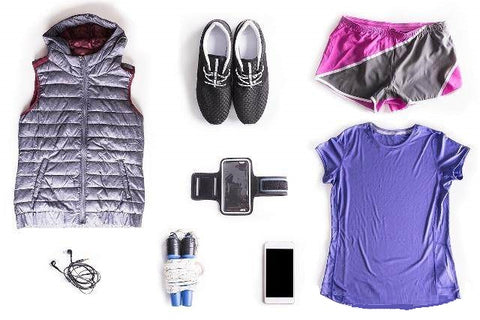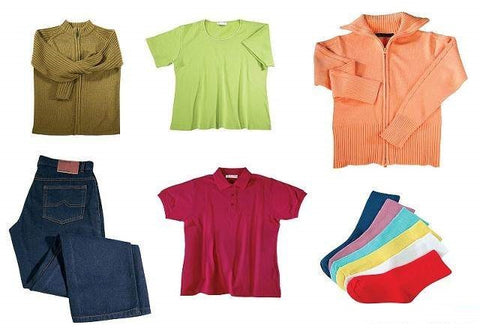In daily life, we wash clean clothes and fold them neatly. There are also many tips for long-term maintenance of clothes. Today, let's learn the tips on how to maintain clothes with the little tidying expert.

The key to choosing a hanger
To avoid wrinkling or deformation of clothes such as coats or suits, it is best to choose a thick hanger. For outerwear, choose a hanger with a width about 10cm smaller than the shoulder pads and slightly bent down in front of the shoulders. Although all hangers with a thin and light design or the same shape are better for storage, ordinary wire hangers are the main cause of clothing deformation, so don't ignore it.
Remove moisture and dust immediately after returning home
Clothes will be stained with dust all day long, so you should remove the dust with a brush immediately after you go home. Hang it up again after brushing, and put it away after the moisture evaporates to avoid mildew.
After taking the clothes back from the dry cleaner
After taking the clothes back from the dry cleaners, you should remove the outer plastic bags and place them in a well-ventilated place to dry in the shade for a while. This allows the cleaning agent used in dry cleaning to evaporate, and it can also prevent the moisture in the plastic bag from causing the hair, yellowing and deforming.

Put on a dust cover for clothes to avoid dust
For clothes that have been stored in the closet for a long time, please be sure to wear a dust cover to avoid dust. It is recommended to use a dust cover made of a cloth or non-woven fabric with good air permeability. The dust cover for clothes sold in the market has a single or multiple style.
How to deal with stains on clothing?
The earlier the spots on the clothes are treated, the easier it is to remove them. Please check your clothes carefully before going home from the outside or storing in the season. In addition, spots that cannot be removed and high-end clothes that are easily washed out are best handled by experts.
The basic method of removing spots
Put a drop of water on the spot to confirm the nature of the spot. Water is water-soluble if it penetrates into the spots; it is oily if it floats on the spots. Then spread a piece of cloth or towel under the clothes, pat lightly with a toothbrush, and the dirt will seep out. Then use a dry towel to absorb the moisture and let it dry naturally.

Insect repellent must be put on clothing to improve the effect
The volatilized gas from insect repellent is heavier than normal air and will accumulate downwards. Therefore, clothes made of high-grade materials such as silk or Kashmir wool should be placed above the insect repellent, and cotton and chemical fibers should be placed underneath.
When using a storage box or drawer, use tape to stick the insect repellent on the inside of the lid or on the top of the box. The insect repellent in the closet should be hung equidistantly to protect all clothes.
Putting too much insect repellent in a highly airtight place will easily cause the gas to crystallize again due to the saturation state, and then adhere to the clothing; on the contrary, if you store too much clothing, the gas will not spread evenly, so you must reserve enough space.

Storage points for long-term storage
Main types of insect repellents
Cotton brain
The ingredients extracted from natural trees (camphor) also have an anti-mold effect. It is suitable for storing easily damaged clothing such as kimono.
Steam
It is suitable for long-term preservation of wool, silk, fur, synthetic fibers, leather products and cotton and other clothing.
P-Dichlorobenzene
The effect is very fast and the taste spreads quickly. It is suitable for keeping everyday clothes such as wool, cotton, synthetic fiber and kapok.
Pyrethrum
It has no smell and can be used with other insect repellents. Suitable for preservation of hemp, wool, silk, synthetic fibers and leather products.
